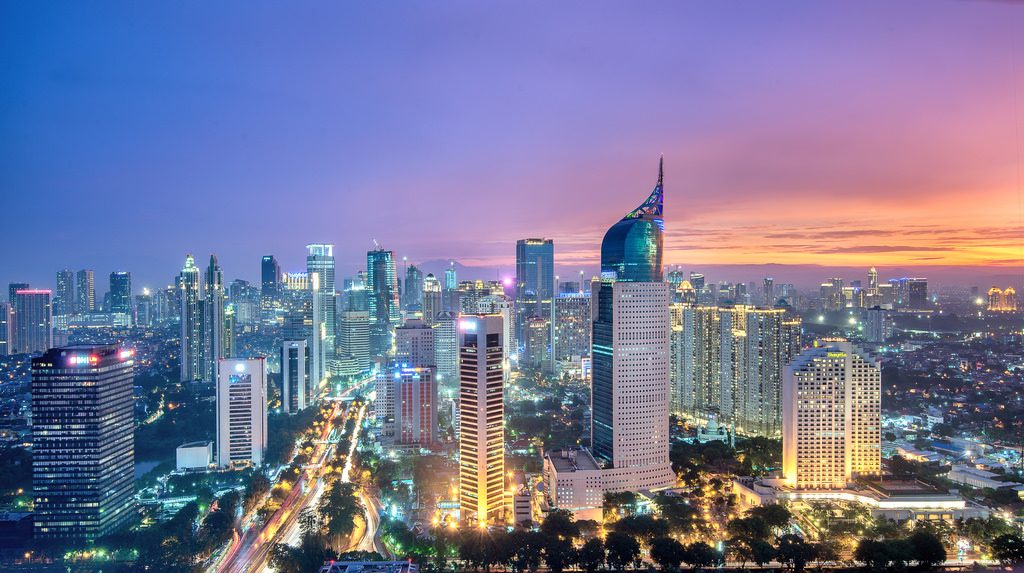Hello! Welcome to our blog. This blog will introduce you to Jakarta, the capital of Indonesia, and give you an introduction into sustainability issues there.
Sustainability is a global issue that takes on different forms in different spatial contexts. This blog will specifically discuss how the megacity Jabodetabek (a combination of the initials of Jakarta, Bogor, Depot, Tangerang and Bekasi, which form the greater metropolitan region) is influenced by sustainable processes when it comes to food security, and how the world can learn from its ideas and experiences.

(Saputra, E., 2016. Jakarta’s skyline from the Bund)
Florian Steinberg explains Jakarta as:
“[A] city of Kampungs, urban villages which are partly informal settlements. Approximately, 60% of Jakarta’s urban population is estimated to reside in Kampungs… Establishment of these Kampungs is partly on public, partly on privately owned agricultural land which gradually becomes urbanized and changes hand (informally) to its new residents ( Steinberg (1992a) and Steinberg (1992b))” (2007, 356)
This form of urban development with the growth incorporating more informal and formal settlements from the peri-urban areas is a feature seen in many global south cities. Jakarta’s experiments with urban and peri-urban agriculture (UPA) offer a glimpse into how urban expansion could take an ecological approach to resolve its food security issue.
For more facts about Indonesia and specifically Jakarta’s urban growth, this article published by the World Bank offers great insight.
Reference:
Steinberg, F., 2007. Jakarta: Environmental problems and sustainability. Habitat International, 31(3-4), pp.354–365.